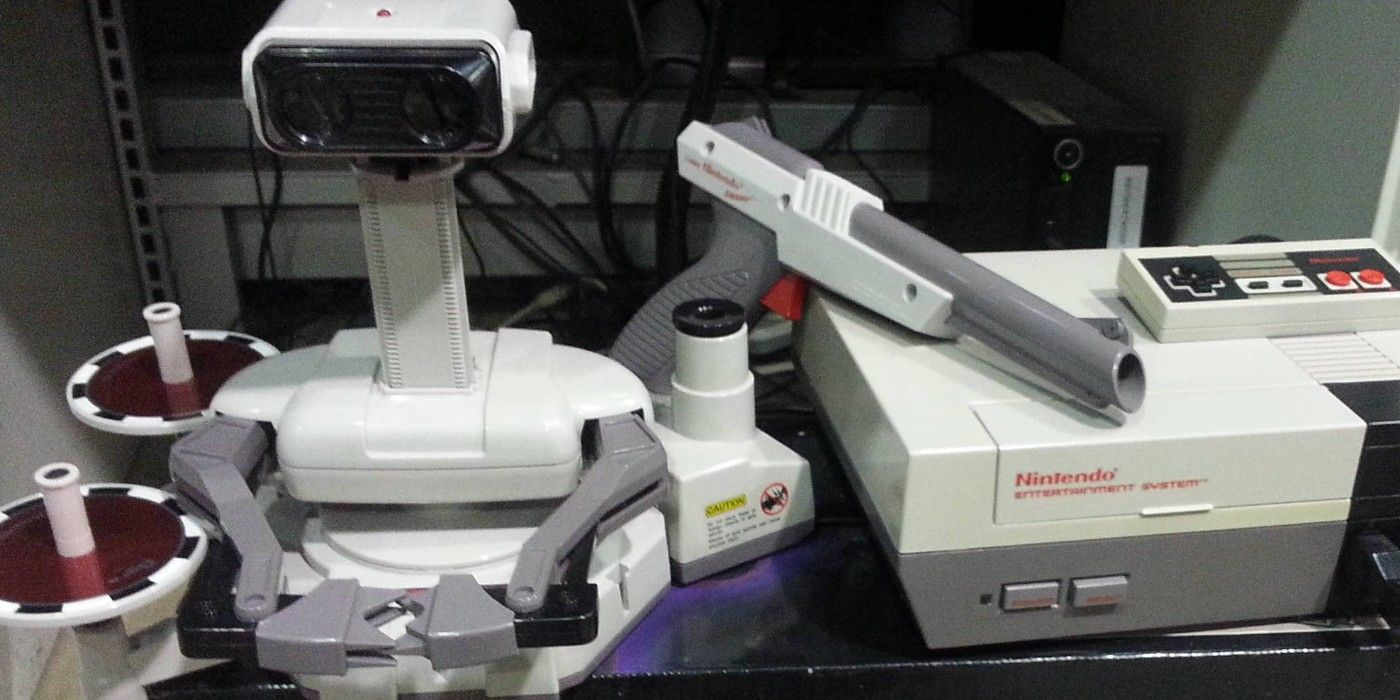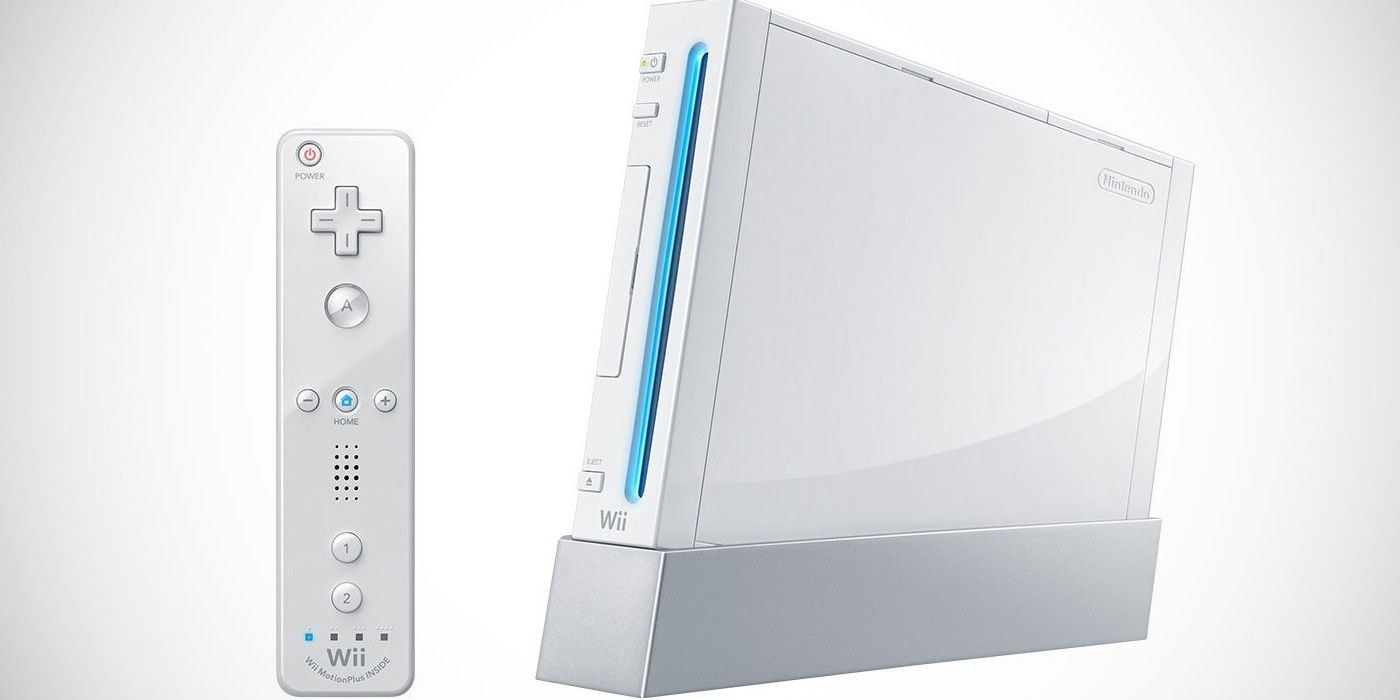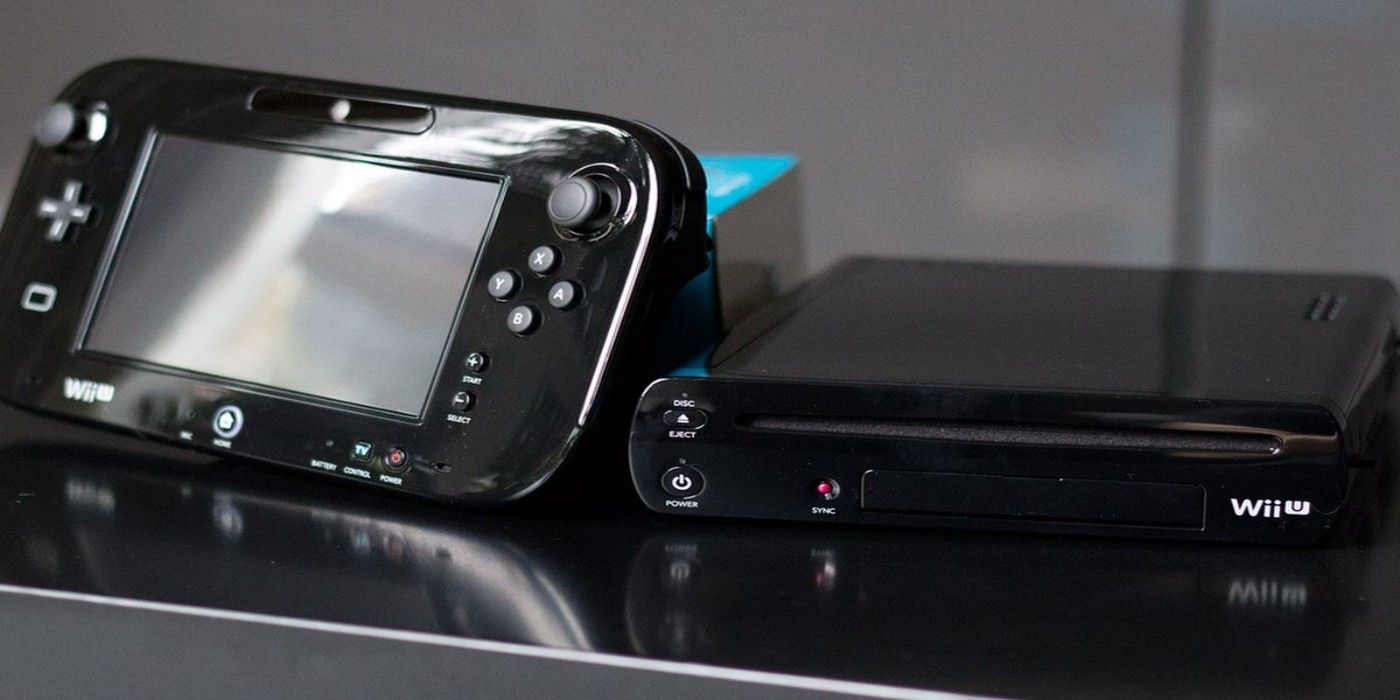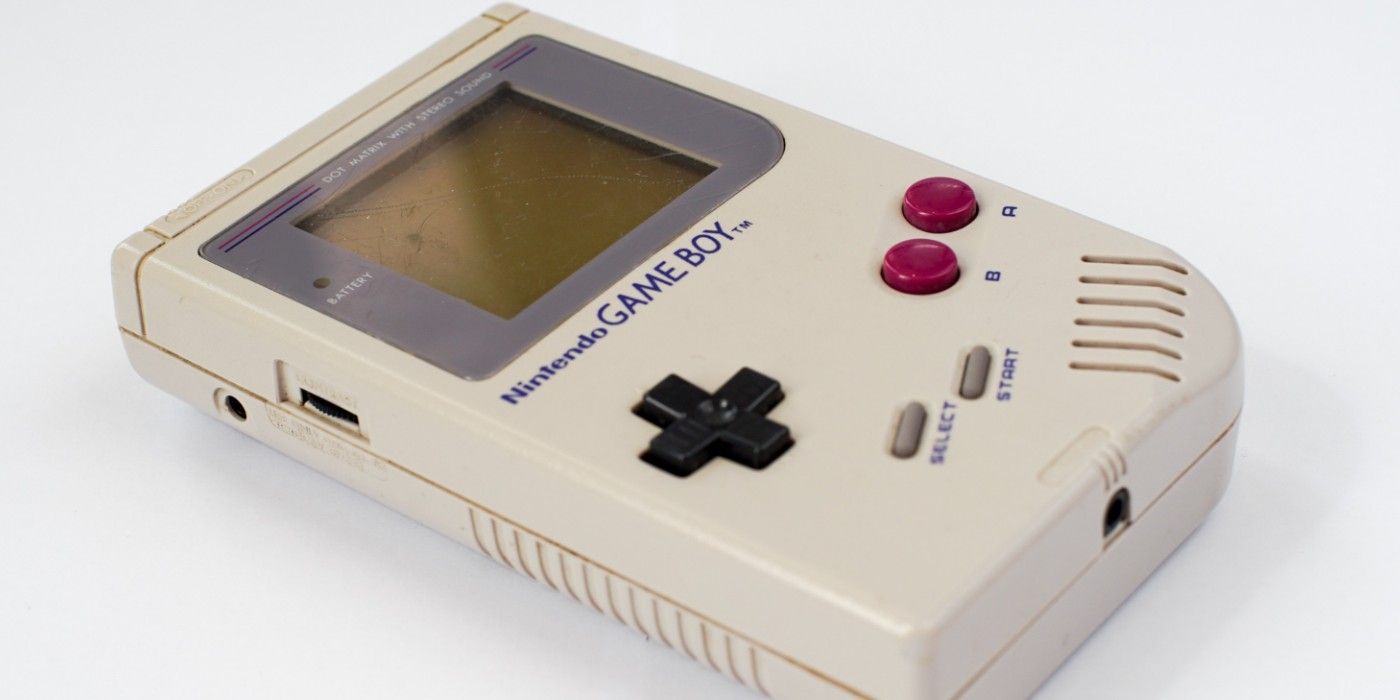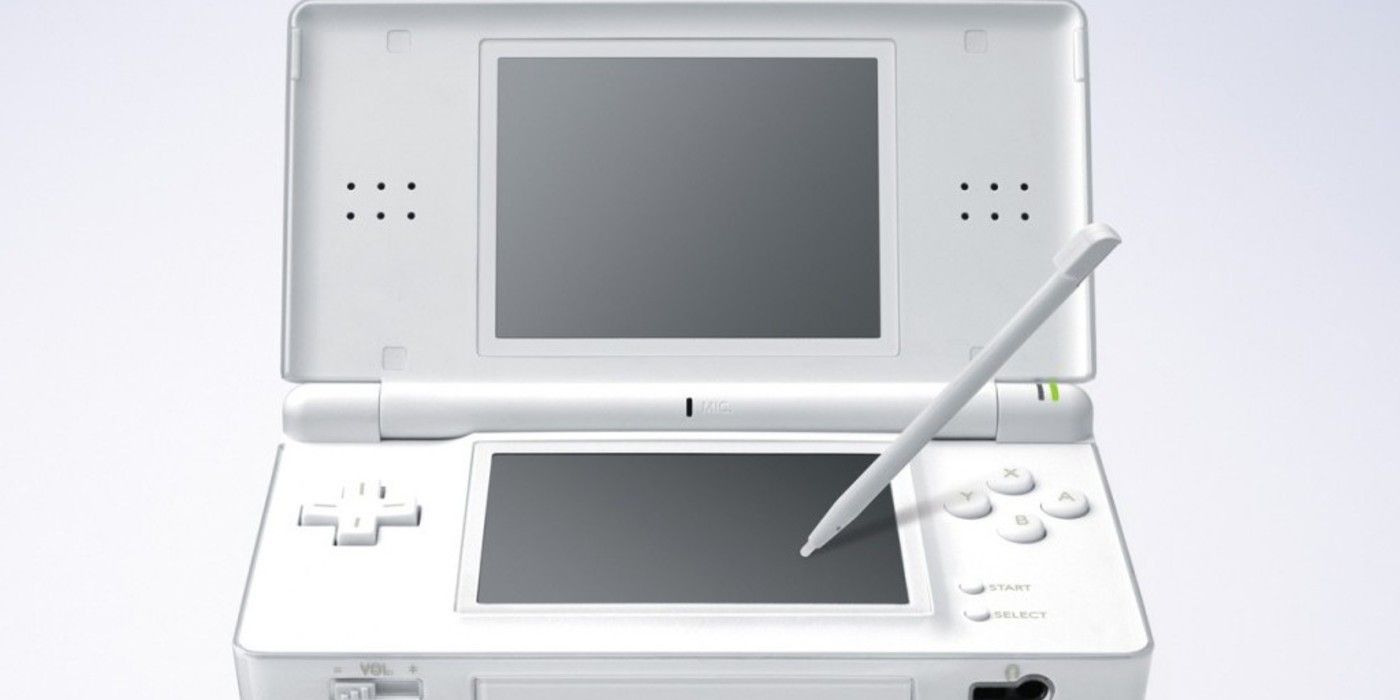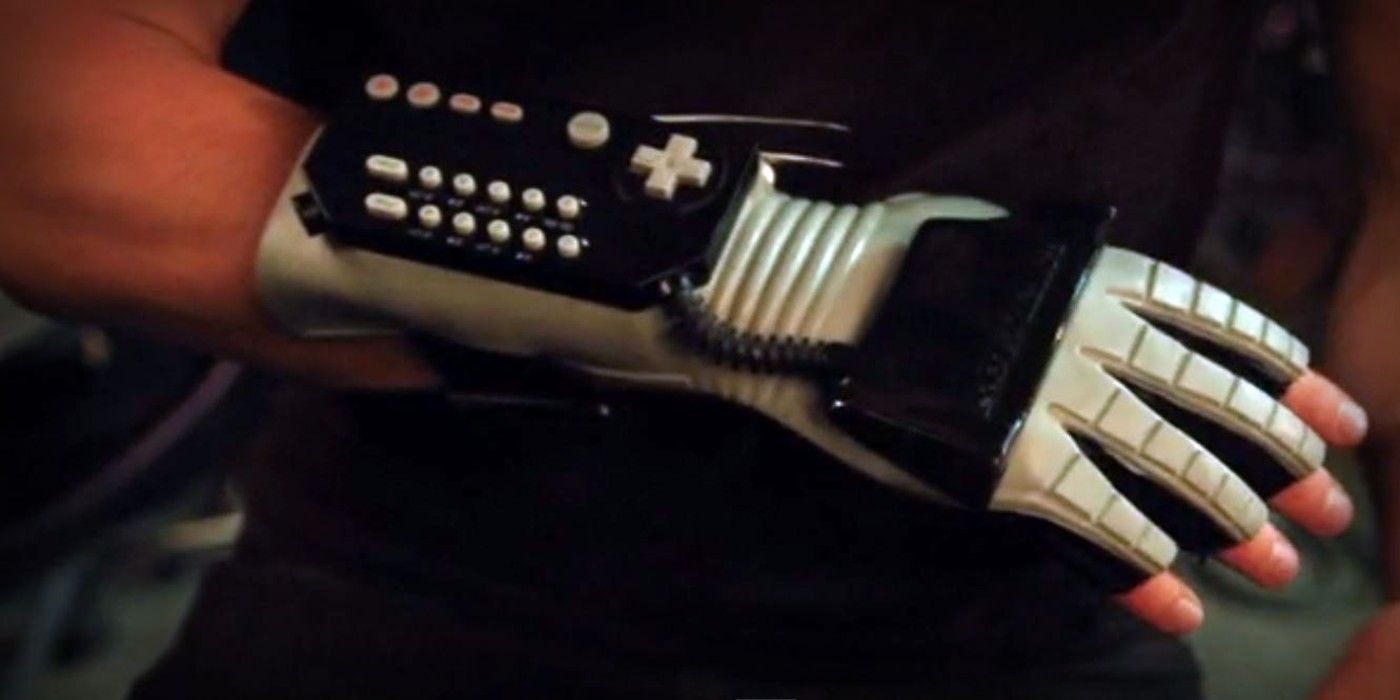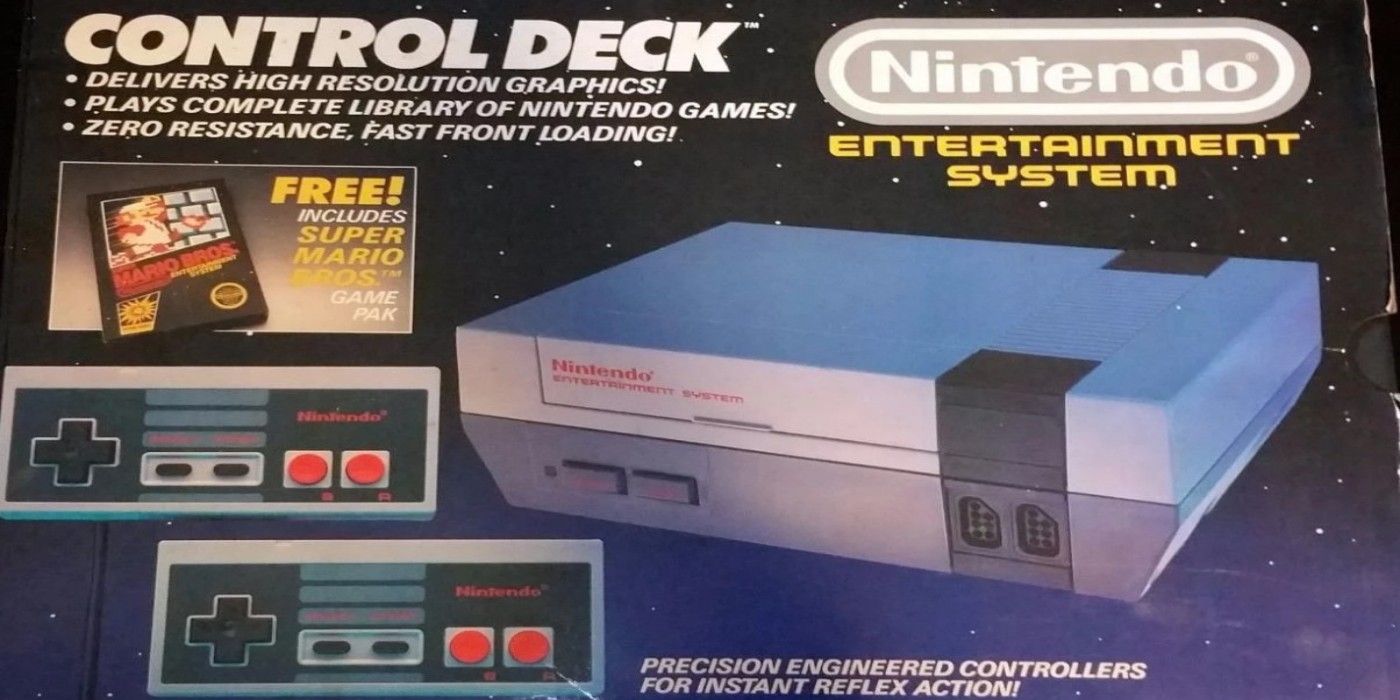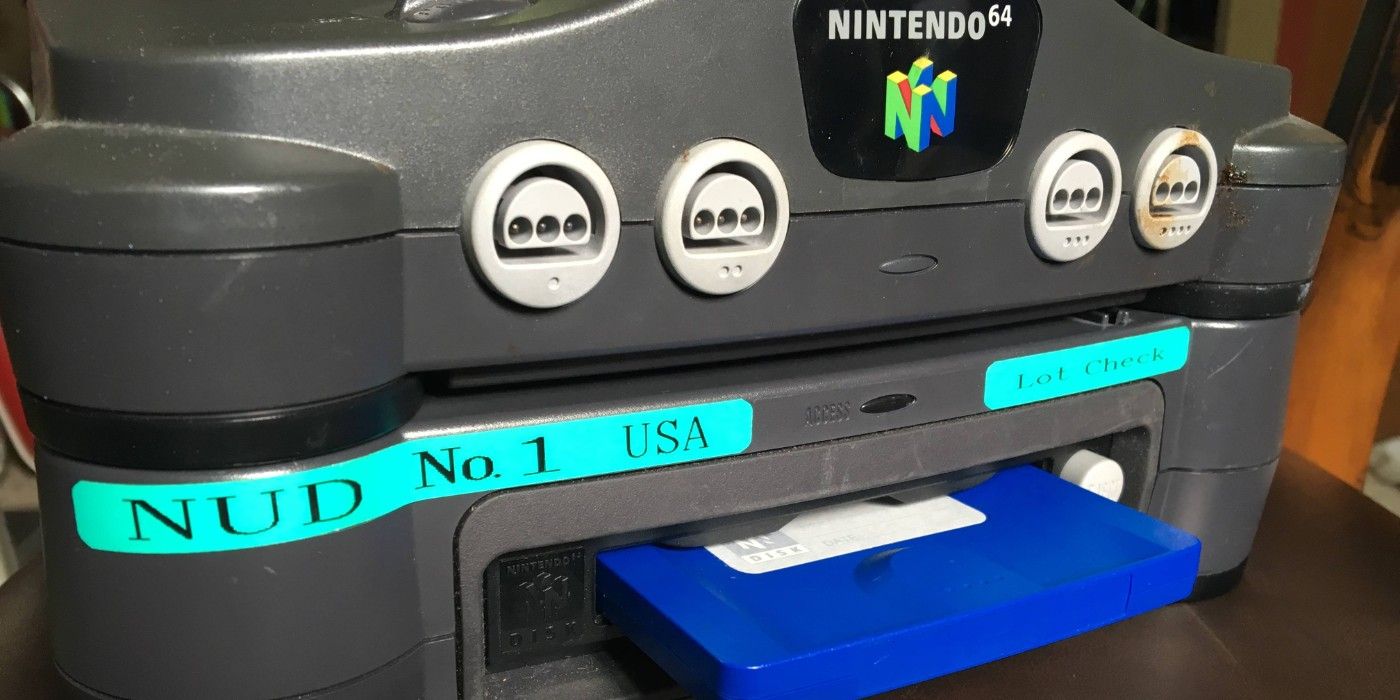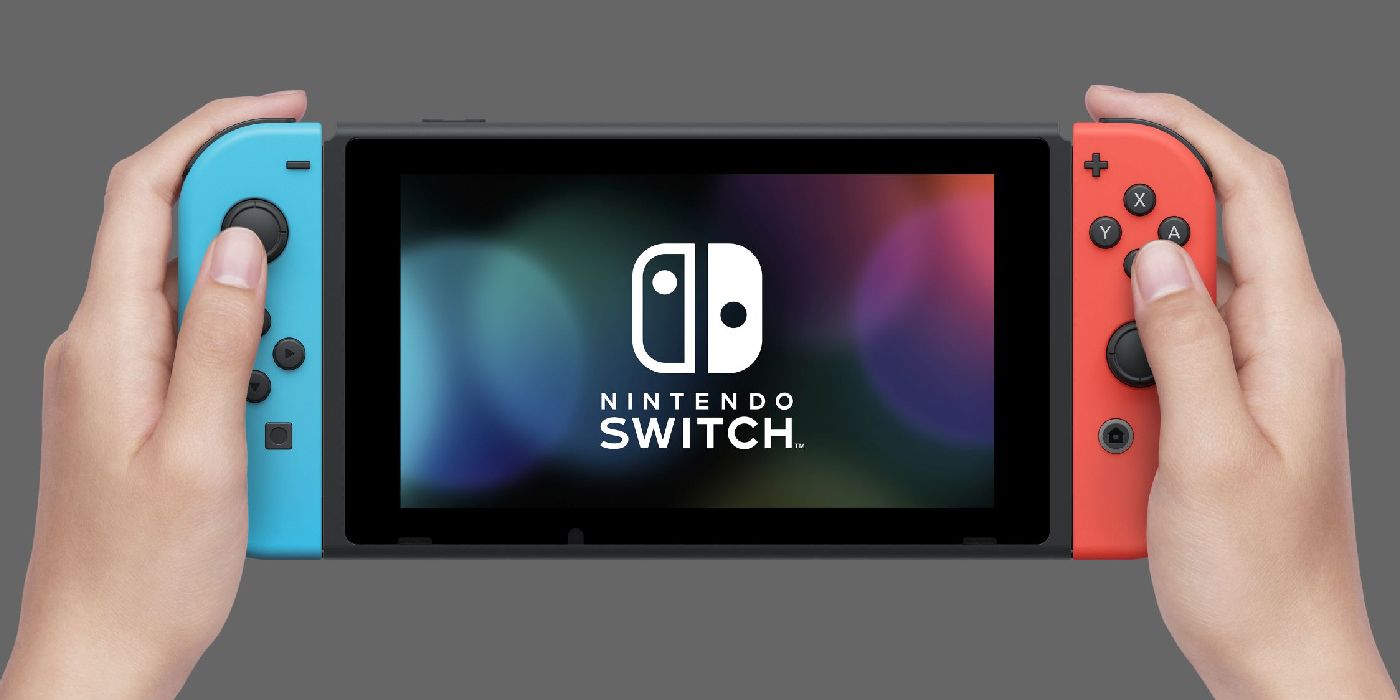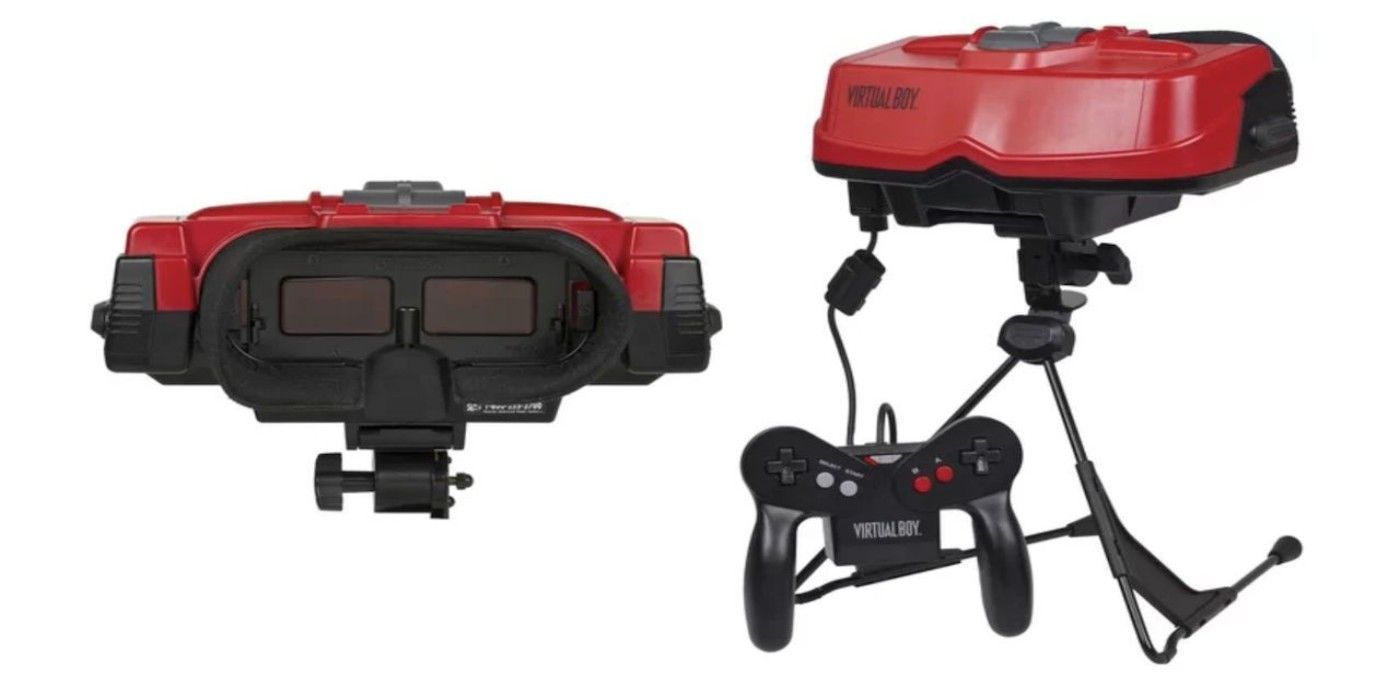There have been few companies, gaming or otherwise, that have produced as many hardware innovations as Nintendo. Since their entrance onto the gaming scene in the early 80s, the company has pushed boundaries right from the start, tracing back to their arcade sensation Donkey Kong. The characteristics of their hardware mirror much of their software with its user-friendly nature and appealing design.
Still, Nintendo's desire to innovate has led them astray on a number of occasions, leading to some questionable decisions and strange hardware. Whether they were too focused on a particular gimmick, inefficient, or just downright awkward to use, Nintendo has cranked out its share of bizarre gadgets and failed experiments.
So with that said, let's plug in and examine five of the most impactful, best designed Nintendo hardware, along with their five biggest flops.
10 Best: Wii
Say what you want about Wii's limitations, the fact is the Wii was a major game-changer in the same way the NES was when it came over two decades before. In an industry that was pushing HD graphics and complex cinematic games, Nintendo emphasized intuitive motion controls, simplicity, and unadulterated fun with its Wii console.
The simple, glossy white design of the machine and hypnotic blue glow invoked an appealing, Ipod-like sense of sleekness and prestige. Its primary controller, the Wii Remote, beckoned non-gamers with its friendly remote control design. Yet, it also enticed retro gamers with its NES-like layout when used on its side.
9 Flop: Wii U
While the Wii U wasn't a complete disaster, this 2012 home console from Nintendo was a pretty significant misstep compared to its predecessor. It's remembered now only as an obscure footnote that was severely mismarketed, and a bridge between the more successful Wii and the more sophisticated hybrid console, Switch.
It's not a great sign for your product when your company's president needs to communicate with a photo on Twitter that "yes, in fact, this isn't a Wii add-on, but a brand new machine." This console felt like a weird mishmash between the worse aspects of the GameCube and Wii with a bulky, cheap-feeling touchscreen controller to boot.
8 Best: Game Boy
Game Boy was like the Beatles of dedicated handheld gaming in terms of its significance. This simple grey machine revolutionized and helped establish an entire industry. Without this charming brick of a handheld, it's unlikely we would have ever seen a Game Gear, PSP, or even mobile gaming as we know it.
Sure, the bleak grey and green display of the handheld looks ancient by today's standards, but during the 80's, the idea of playing a full-fledged Tetris or Mario game on the go was a mind-blowingly cool concept. The original Game Boy has the distinction of not only being one of the most successful consoles, but perhaps the most durable.
7 Flop: R.O.B The Robot
Known as the "Robotic Operating Buddy," or "ROB" for short, this clunky plastic android is a peculiar piece of hardware. It seems rather pointless - serving as a sort of neat cultural throwback and amusing character in Smash Bros more than a useful peripheral. It basically had a singular purpose as a Trojan horse to trick retailers into shelving their new and uncertain product, the NES, in toy stores.
Mind you, this was a time when gaming was perceived as a "passing fad" in the mid 80's and toys looked more appealing; even when they are sluggish, bulky plastic robots. Thankfully that's where its significance ends, as its painfully slow movement and lack of game support made it little more than a top-spinning waste of space.
6 Best: DS Lite
Just when the Game Boy line began to feel stale, and Sony was threatening to overtake Nintendo in the handheld space as they did with home consoles, Nintendo released this beast. The original DS model hadn't really come into its own with its bulky design and tepid lineup of games.
But two years later, Nintendo retooled the hardware, already wrought with potential thanks to its dual screens and intuitive touchscreen, then cranked out the DS Lite. This machine was slimmer, brighter, sleeker, more compact, and more lightweight. It also was home to tons of appealing and successful games coming out of the pipeline, such as Nintendogs. Simply put, there's a reason this machine is the most successful handheld gaming console of all time, and 2nd only to the PS2 in terms of overall success.
5 Flop: Power Glove
Nintendo is somewhat off the hook with this bizarre hybrid of a glove and motion controller, as it was Mattel that manufactured it. Still, the Power Glove was promoted and marketed by the Nintendo as a "fun" new way to play many of its NES games. And it may well have been if it actually worked decently.
This overpriced mess of a peripheral ($75, which, in 1989 was akin to $150 now) was meant to showcase a cool new way to control your games with your hand and fingers. Its core tech resembled a sort of clunky prototype to the Wiimote or Switch Joy-Cons. One key difference, though is that it barely functioned even for the handful of games specifically designed for it, such as Super Glove Ball.
4 Best: NES
The console that helped lift a seemingly dead industry from the ashes. Not only was the NES home to a tremendous lineup of games and put the Nintendo on the map, it was also admirable from a hardware standpoint. While Nintendo's Japanese variant of its first home console, the Famicom, was great in its own right, this Western version proved particularly significant.
Its VCR-like appearance wasn't by accident, for it was meant to coax a US market to invest, despite being wary of video games following the Atari crash. Moreover though, its boxy design and covered loader made it tank-like in terms of durability, even allowing NES systems made in the 80's to run to this day.
3 Flop: 64DD
By 1999, Nintendo had somewhat gone on a tangent in their arms race with Sony. One of the manifestations of this came in the form of a sort of hardware "enhancer" for the N64 - the 64DD.
The games would be bigger, sleeker, and feature a "real-time clock." However, the problem was that it was on the pricey side. Additionally, most people did not feel the Nintendo's 64 bit machine really needed any additional features. Besides, the GameCube would soon be launching, so what was the point of this $90 expansion?
This floppy disk add-on was such a flop that Nintendo didn't bother releasing it in the West, and basically quietly killed it off by 2001. The machine exists now as a failed experiment and curious footnote in Nintendo history. The few games designed for it were either canceled, made into normal N64 carts, or moved to GameCube development.
2 Best: Switch
It was hard to gauge what sort of direction Nintendo would be headed with their follow-up to the rather disappointing Wii U. Would they dial things back to a more simplistic Wii-like console? Or perhaps reenter the horsepower arms race with Sony and Microsoft with a more traditional and powerful machine?
The result was something of a middle ground and a twist. The Switch, with its robust and diverse library, its sleek design and capable hardware especially for a handheld has become an enticing console. It combines the intuitive motion controls of the Wii with the touch-screen functions of the DS. It's one of the most impressive dedicated handhelds to date, while also serving as a capable home console which it can seamlessly "switch" to.
1 Flop: Virtual Boy
As far as hardware flops go, this is Nintendo's coup de grâce. The failed virtual reality experiment known as the Virtual Boy remains Nintendo's biggest blunder. And it's no surprise - given its ugly, eye-straining graphics, its lack of compelling software, and awkward build.
This thing barely lasted a year, and soon made way for the more exciting, more functional N64. The Virtual Boy serves as a warning that while the drive to innovate can make for tremendous products, it can also lead to monumental failures.

